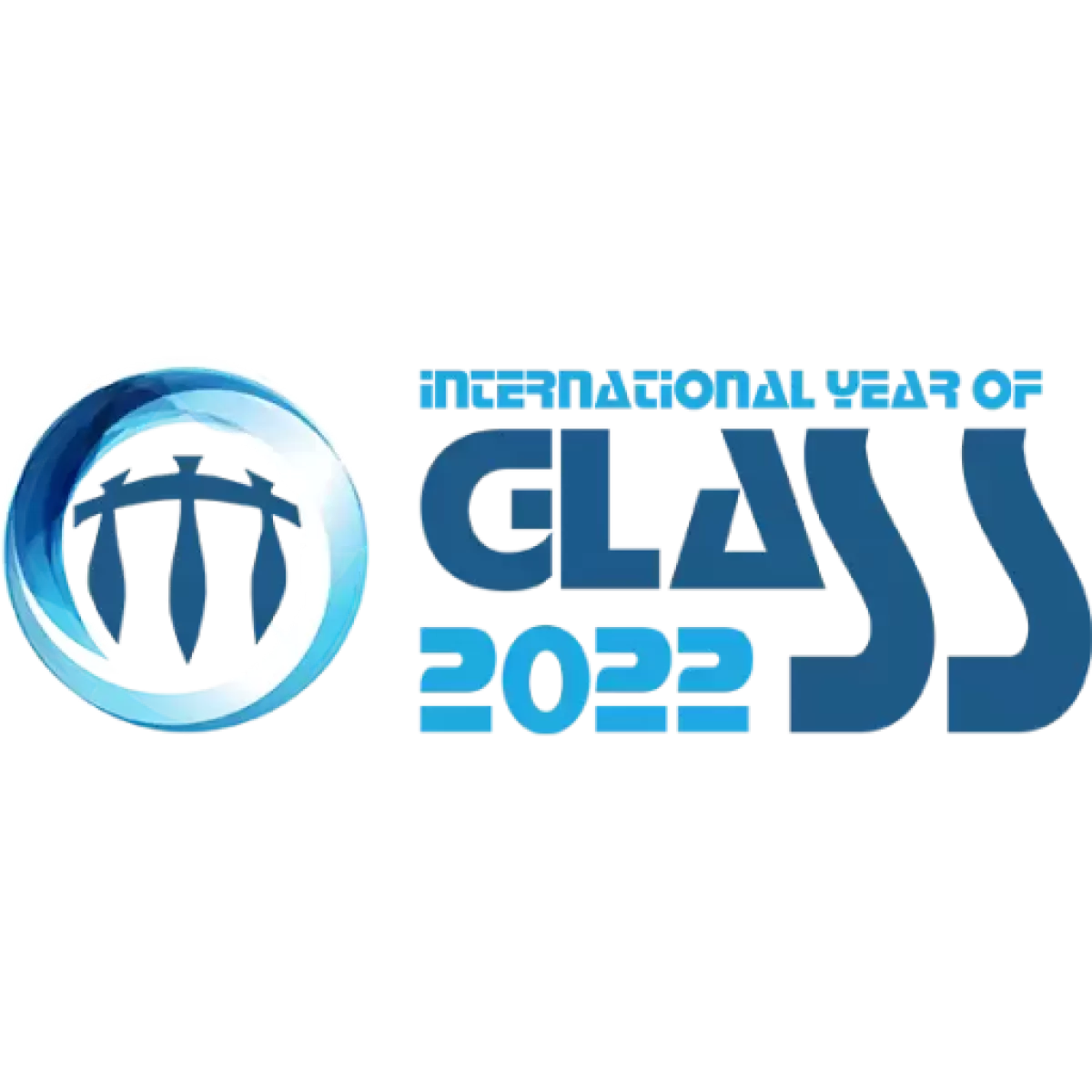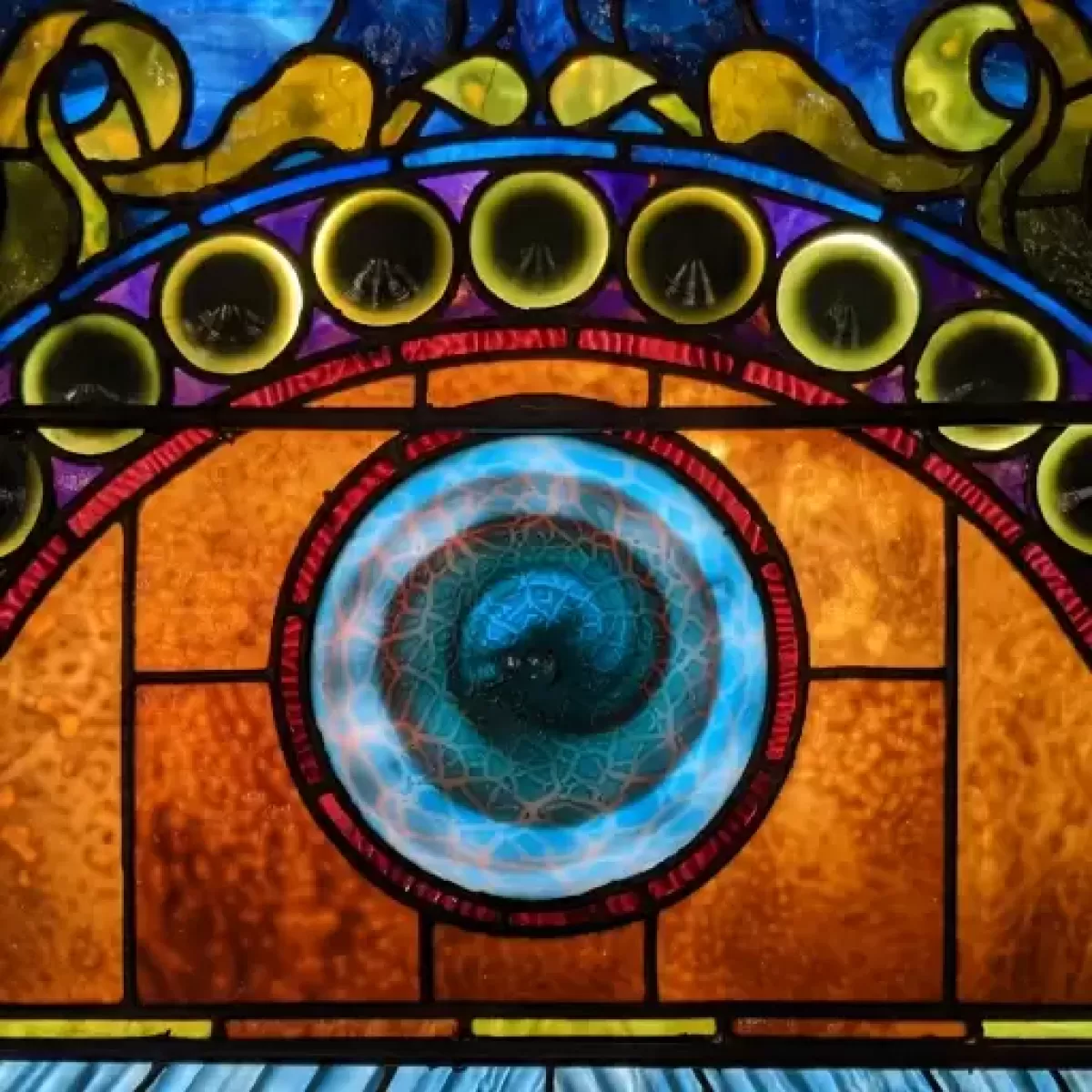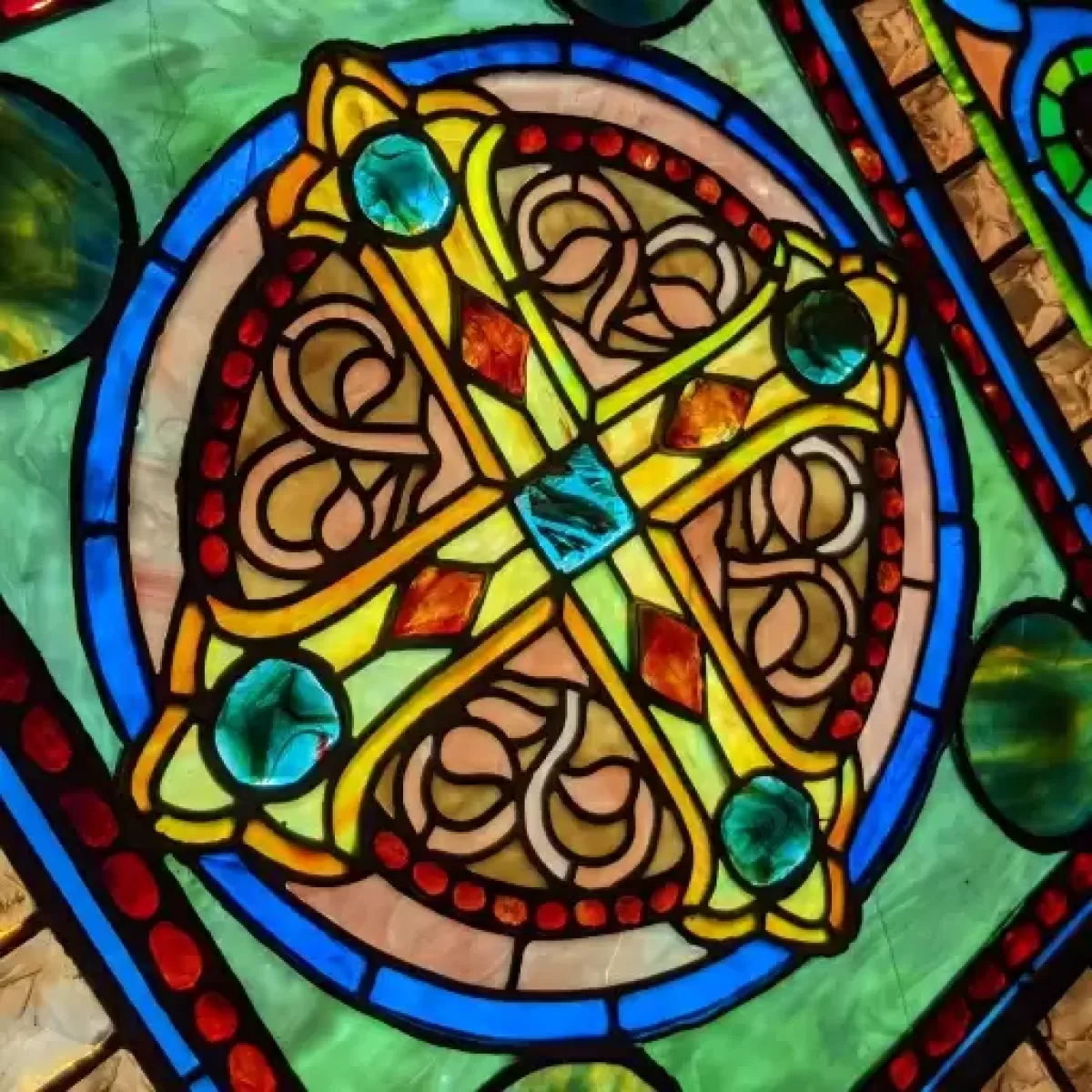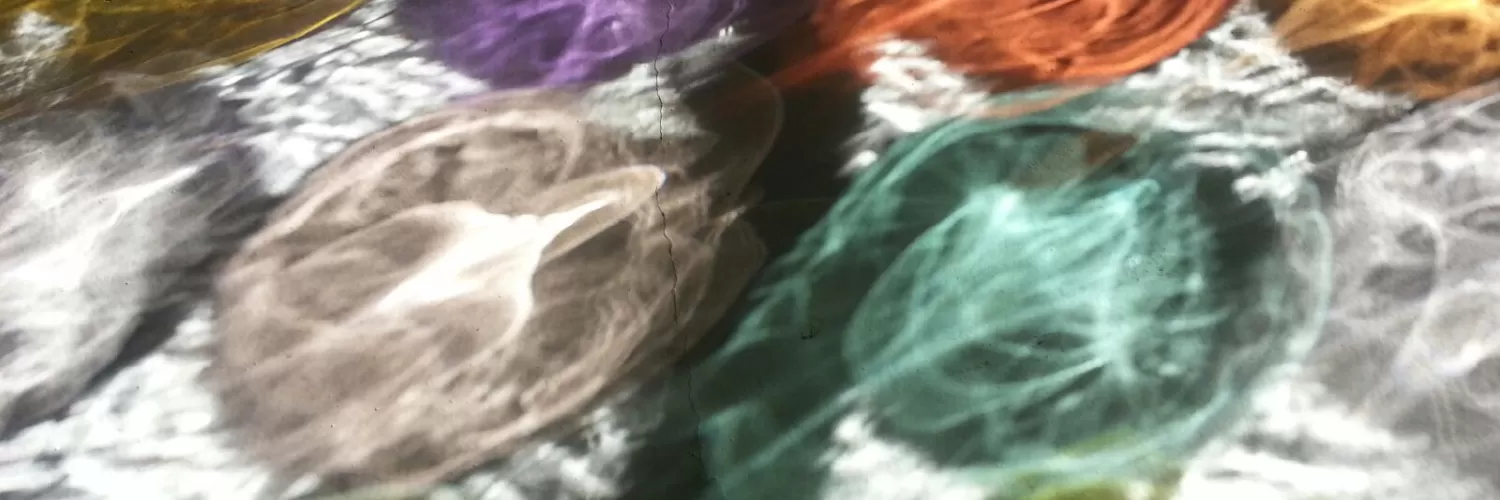In May of 2021, The United Nations declared 2022 the International Year of Glass. Scientists, artists, architects, and engineers, came together across organizations, universities, industries, and countries to demonstrate the role of glass as an indispensable material in tackling the challenges that face all of humanity in the years to come.
Glass is everywhere! In its most basic form, it’s a drinking vessel, a plate, a window. Without it, mobile phones and the internet would not be possible. It’s a key component of space exploration and so much more. Clinical studies have shown that glass in architecture radically impacts the human experience: greater access to sunlight lowers recovery time, impacts the outcome of mental health programs, and has a positive impact on health, happiness, and productivity in the workplace and at home.
What an exciting time to be a glass nerd!
The Stained Glass Association of America played a role in the IYoG and continues to foster those relationships across science, technology, and art. Engineers, architects, artists, scientists, and more are using glass to achieve the impossible. They passionately believe — and are proving every day — that the greatest potential of glass has yet to be discovered.
With its unparalleled versatility and technical capabilities, glass in its many guises has fostered innumerable cultural and scientific advancements:
- Glass is the main conduit for information in our knowledge-based society. Glass optical fibers have led to a global communications revolution; they are the backbone of the internet. Glassmakers have given us touch-sensitive covers for our mobile phones, revolutionizing the way we communicate.
- Glass is the chemically resistant container material for many of today’s life-saving medicines and is playing its part in the world’s quest to deliver a vaccine to fight the COVID-19 pandemic. Strengthened glass containers have dramatically improved the reliability of the EpiPen treatment of life-threatening anaphylactic shock from severe allergic reactions.
- Bioglass compositions have advanced health care with their ability to: integrate with human bone; stimulate the human body’s natural defense to heal flesh wounds; aid tissue design and regeneration; and resolve hearing and dental issues.
- Glass sheets support solar cells and give clean energy; glass fibers reduce our carbon footprint by strengthening wind turbine blades, by insulating our homes and through carbon capture and sequestration (CCS); the vitrification of hazardous waste is making nuclear energy safer.
- The evolution of glass optics and optoelectronics mean that the James Webb space telescope can study the first moments after the big bang and expand understanding of the Universe.
- Glass melting is being de-carbonised and glassy products are being safely recycled.
- Archaeologists are learning more about ancient trade routes and the politics of raw materials.
- Glass artists across the globe have given humankind an awareness of this wonderful material including its remarkable methods of fabrication, inherent beauty, and ability to capture and display nature’s full spectrum of color.
Our vision of a United Nations International Year of Glass (IYoG2022) is to celebrate the past, present, and future of this transformative material following the United Nations’ goals in Agenda 2030. Specifically to:
- Demonstrate the role of glass in advancing civilization throughout recorded history.
- Organize international glass science and art festivals, with workshops to excite and inform the public of this rich history, and highlight links between glass, art and culture.
- Stimulate research on glass amongst organizations in education, industry, research and the public domain, including museums, to address the great challenges the world faces: achieving sustainable and equitable growth, and improving the quality of life everywhere.
- Build worldwide alliances focused on science and engineering for young people, while addressing gender balance and the needs of developing countries/emerging economies.

History of the UN Declaration
Since 1959, the General Assembly of the United Nations has designated specific years as United Nations International Years to acknowledge fields of international endeavor and the importance of their contributions to global society. Usually, one or more Member States propose these observances, or on occasion, specialized agencies of the United Nations such as UNESCO and UNICEF may put forth a proposal.
The proposal for an International Year of Glass is unique in that it originated from a completely different source. ACerS Distinguished Life Member David Pye suggested the idea at the 2018 Fall Annual Meeting of the International Commission on Glass in Yokohama, Japan, and since then ICG has spearheaded the effort to see 2022 declared the International Year of Glass.
Learn more about the history of the International Year of Glass efforts (opens new window).

Watch the Opening Ceremony for the IYoG Live!
A 2-day International Year of Glass opening event will take place at the Palace of Nations in Geneva, Switzerland, and will also be streamed live online via UN WebTV.
Featuring 30 world-class speakers, talks will highlight the latest thinking on how glass can aid the development of more just and sustainable societies alongside the most recent scientific and technical breakthroughs. A welcome and presentations are on Thursday, February 10; presentations and a press conference will take place on Friday, February 11. Geneva is 6 hours ahead of Eastern Standard Time in the US.
Speakers from the glass art world include (Geneva time):
Thursday, Feb. 10
- 1030-1100am – Dedo von Kerssenbrock-Krosigk, Director of the Glasmuseum Hentrich, Museum Kunstpalast in Düsseldorf, Germany, speaking on Glass: A History of Meaning
- 1100-1130am – James Carpenter, Founder, James Carpenter Design Associates, speaking on Light in the Public Realm
- 250-320pm – Andy McConnell, Andy McConnell is a journalist specializing in antique & vintage glassware, speaking on Making Glass Visible
Friday, Feb. 11
- 320-340pm – Márcia Vilarigues, Professor, Universidade NOVA de Lisboa & Director Research Unit Glass and Ceramic for the Arts, Lisboa, speaking on Education in Glass Art and Science - challenges of transdisciplinarity
- 400-430pm – Kimiake Higuchi, glass artist from Japan, speaking on the Nature of pâte de verre
Click here for the Opening Event Website (opens new window)
Contemporary Glass Sculpture in Geneva: During the opening event, IYOG attendees will have the opportunity to appreciate a selection of contemporary glass sculpture on display at the UN Palace and Geneva's Hotel Intercontinental. Curated by VERARTE and the Permanent Mission of Slovakia, the exhibition will showcase works by Jan Zoritchak alongside Swiss-based glass artists Françoise Bolli, Hannes Bürgler, Fiona Byrne, Karola Dischinger, Kathrin Armbruster Seid, École suisse de vitrail et création, Caroline Ferrara, Sabine Gysin, Priska Jacobs, Ursula Knoblauch, Bernd Kniel, Justine McLaren, Bruna Olivet-Ara, Erna Sowersby-Piechna, Christoph Stooss, Helena Tapajnova, and Monika Waechter. Founded in 1990, Verarte is committed to providing an environment for Swiss glass artists to share, collaborate, and exhibit their work. This exhibition represents a broad cross section of Switzerland’s glass art practictioners, and highlights the diversity of work by established and emerging artists.

SGAA Presenting at the National Day of Glass Conference in Washington, DC
National Day of Glass Conference in Washington, DC April 5-7, 2022
The North American International Year of Glass Steering Committee is hosting the National Day of Glass event, April 5-7, 2022 at The Madison Washington, DC, a Hilton Hotel. Presentations on April 6th and 7th will be given by outstanding industrialists, educators, government officials, artists, museum directors, and others who will address a plethora of glass-related subjects of interest to industry, academia, museums, and government. In so doing the conference will meet its major objective to make a national statement in our nation’s capital about the history, current state, and future of what some have come to call the most transformative material in the history of humankind, glass.
Our Executive Director, Megan McElfresh, has been asked to speak on a panel regarding Art and Glass in Society on Wednesday afternoon. The audience for the event will be a blend of speakers, congressional members/staffers, and will be non-technical in nature. It is an incredible opportunity to share our work and our passion with new audiences and to celebrate our mission of being advocates and ambassadors for the living museum that is North American Stained Glass!

